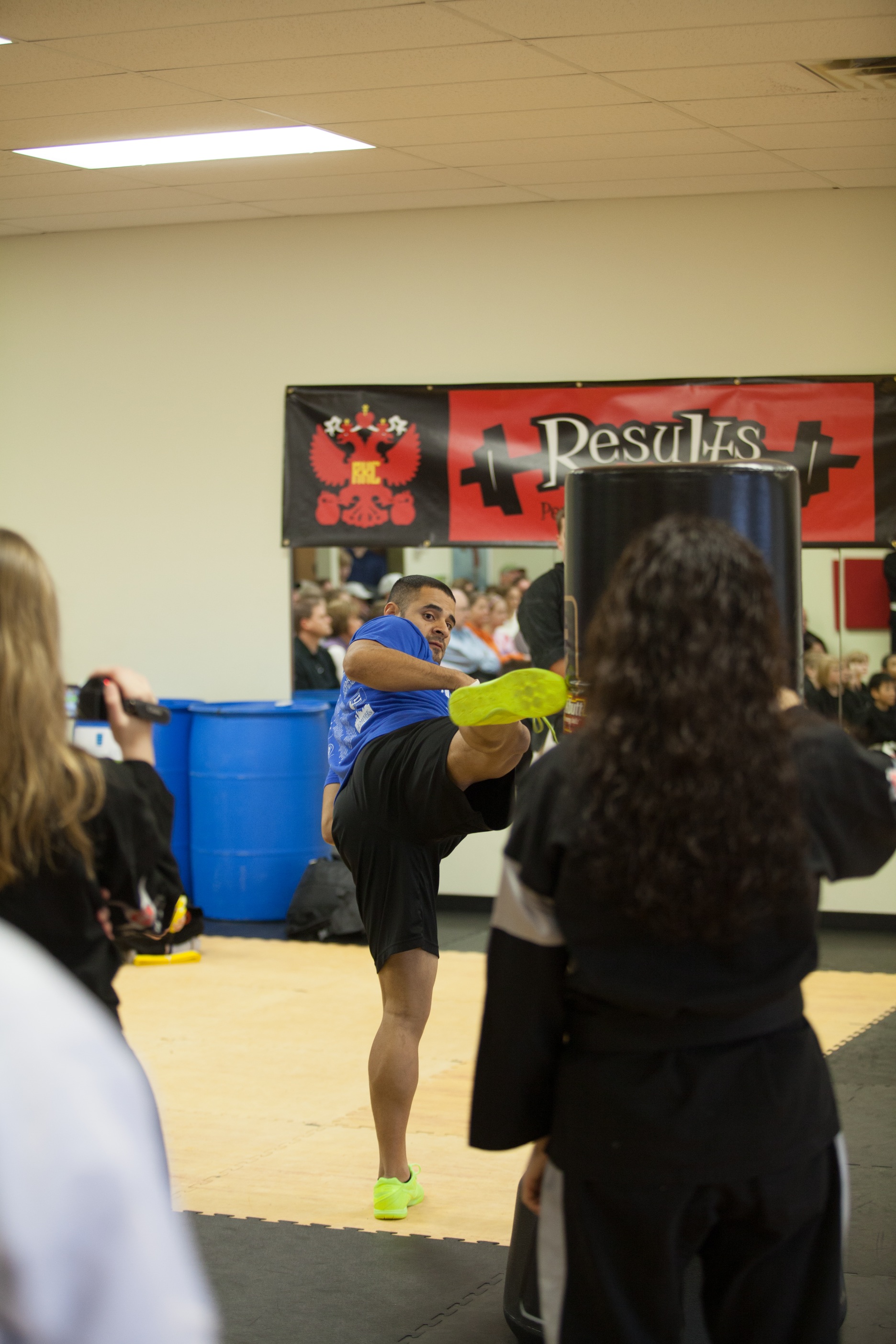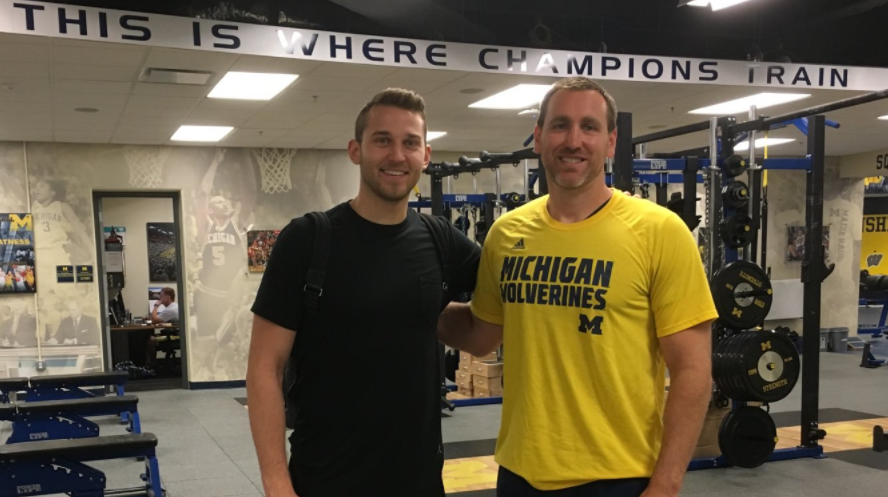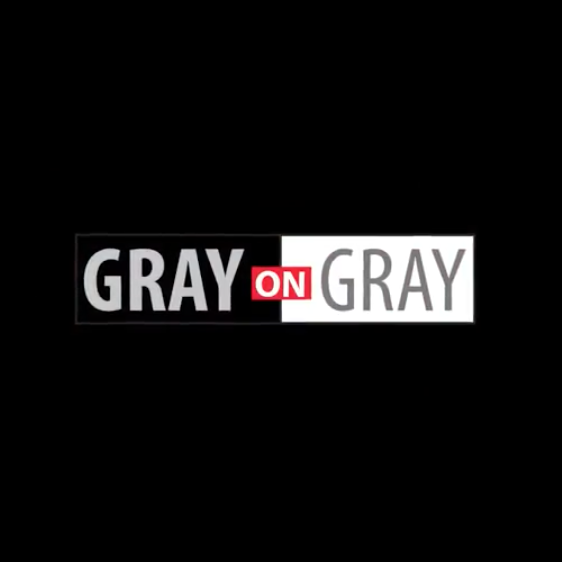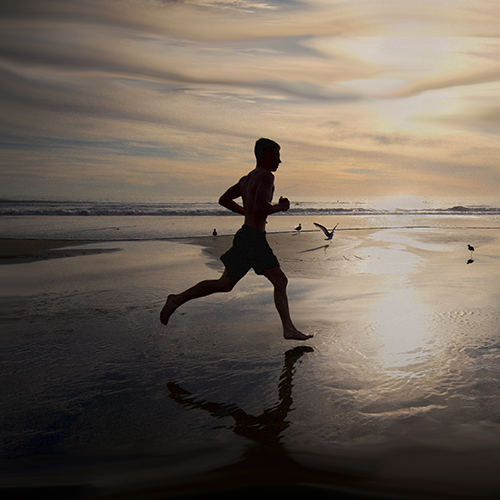Filtering the Problem: Do You Have the Right Functional Movement Solution for Shoulder Mobility?
Written by Brett Jones FMS
The Functional Movement Screen (FMS) tells us what to protect, what to correct and sets our baseline for moving “well enough” to move on and get to the training we love. So, the first step is once we have identified the weak link through screening it is up to the movement screening professional to have corrective strategies to “filter” the problem and achieve a good movement solution.
So, let’s go through an example together. Bear with me here for a minute and promise we will get to the correctives that you are looking for.
Within the Shoulder Mobility (SM) screen the individual uses an upper limb reciprocal movement pattern and is not just isolating shoulder joint movement. The pattern includes the structures of the cervical spine, thoracic spine, scapula, glenohumeral joint, and upper limbs. Along with all the neurological, vascular, fascial, muscular, and ligamentous structures that contribute to movement in this pattern. Suffice it to say, there's a lot going on. Let’s start with the corrective path for this movement pattern.
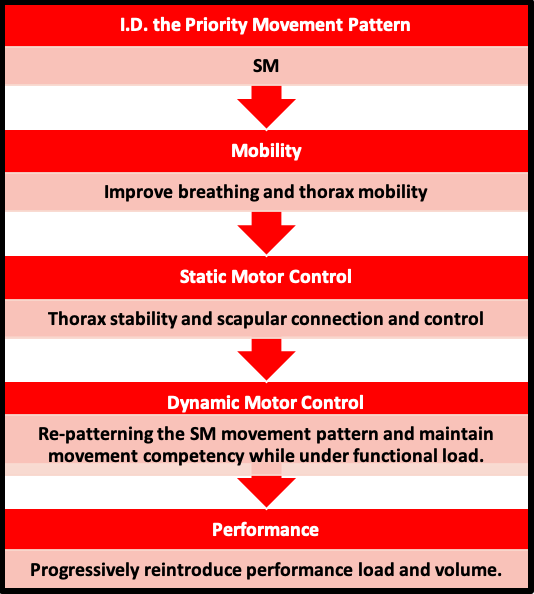
When there is a limitation in SM, we take a little closer look to rule out any underlying problems that may need attention or even need to be referred to a health care professional if pain is experienced. So, in our corrective strategies for SM we pay attention to the cervical spine and make sure there isn’t any pain or restriction. Then, the thorax mobility is observed within our corrective path. Next, static motor control for the scapula and its role is looked at before progressing into dynamic motor control using the SM movement pattern.
To the case study:
- Mid-twenties male, fit with no injuries except an intermittent issue with the sternum. No pain complaints at this time.
- Goal to prepare for a Level 1 StrongFirst Girya certification.
- ASLR, Ankle mobility and SM as the weak links.
Corrective Strategy:
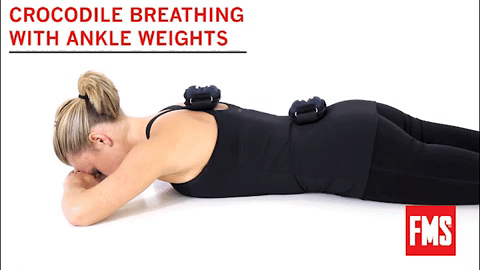
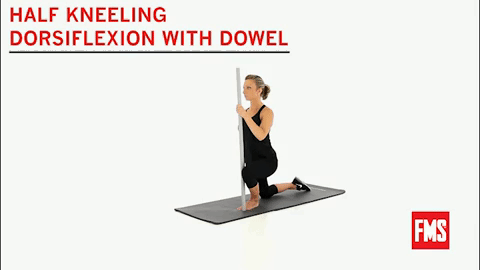
Crocodile breathing improved ASLR and we started to use Half kneeing dorsiflexion for Ankle mobility.
Interesting note here: Ankle mobility drills not only helped the ankles but immediately regained his toe touch (from the top third of tibia to full toe touch). The body is an interesting place to live.
Now I checked in on thorax mobility figuring it would be reduced but he had full thorax mobility both in the Rib Grab and Brettzel 1.0. Well, that did not uncover a limitation through applying the corrective exercise. That’s okay, … good information for moving forward.
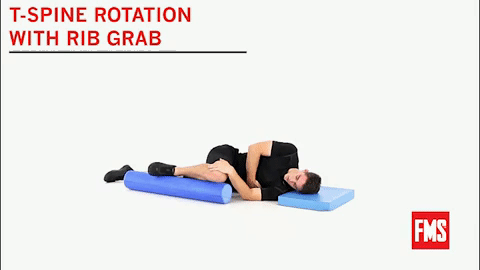
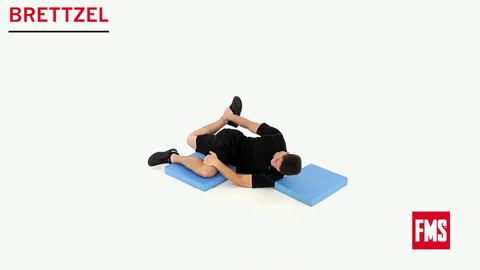
I moved on to start him on some soft tissue work (foam roller) for the lats and scapular musculature. This was in combination with the breathing and then I waited to see if this would result in a change of his SM over a period of time.
Well, no huge surprise since I failed to find the drill that provided a positive short-term response there were no long-term adaptations. Meaning that the SM was unchanged after a couple of weeks. (online training has challenges and using live video as good as it is, may not reveal everything you need to know so the system continues to guide the process) At this time, he had a friend measure his shoulder mobility revealing a solid 1/1 SM of 34.5 cm and 29 cm with an 18 cm hand measurement.
On the training front, we had a green light and were working on the Get-up and building a good Kettlebell Swing from the deadlift up to the two-arm swing. Don’t forget we can work on a priority movement pattern with correctives while still meeting other training objectives.
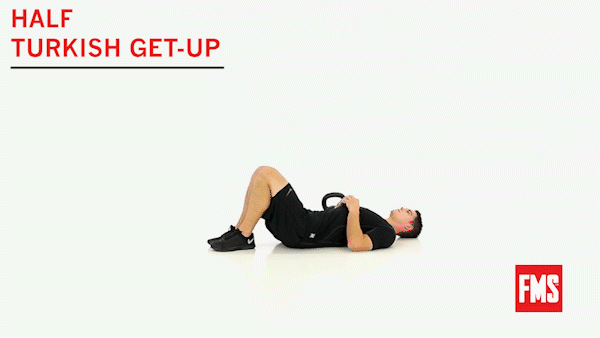
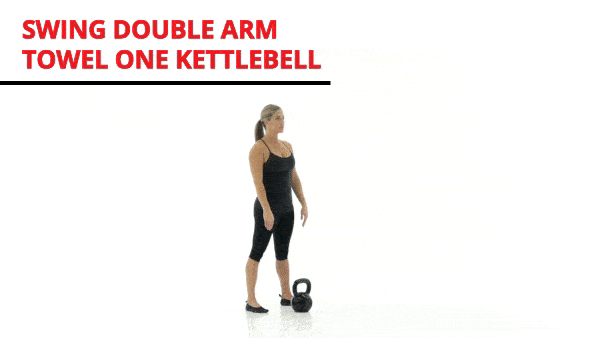
Insider Tip: Look for the Secrets of the Shoulder, it still offers some great exercises and coaching with Gray Cook and myself that I still use to this day!
And now the filtering continues…
Since thorax mobility is normal the next step is to explore the muscular/fascial contributions with the Brettzel 2.0. The rib grab and Brettzel 1.0 previously hit breath assisted t-spine and t-spine rotation challenged by the anterior chain of the opposite hip. But the Brettzel 2.0 is more of a posterior chain stretch/mobilization through the thoracolumbar fascia, lats, and even hips. I video coached him through the Brettzel 2.0 and not only did it immediately help with a feeling of tightness in the QL but within a week it had brought the SM measurements to 23 and 24 cm. A solid pair of 2’s.
(And now 21 and 22 cm March 27)
Had the Brettzel 2.0 not helped with the SM then I would have continued on to addressing scapular stability. If that had not made a difference, I would have referred him out to an SFMA clinician for a more thorough evaluation to make sure I wasn’t missing something.
The client continues to improve from a movement perspective and from a skill perspective. Now practicing all the essential kettlebell lifts needed for an SFG Level 1 certification.
I hope this helps give a quick peek behind the thought process and filtering of a movement issue. When you have an SOP and process to follow you are protected from your assumptions and the corrective strategies are meant to provide just such a “blueprint”.
Author
 Brett Jones, Chief SFG, is a Certified Athletic Trainer and Strength and Conditioning Specialist based in Pittsburgh, PA. Mr. Jones holds a Bachelor of Science in Sports Medicine from High Point University, a Master of Science in Rehabilitative Sciences from Clarion University of Pennsylvania, and is a Certified Strength & Conditioning Specialist (CSCS) from the National Strength and Conditioning Association (NSCA).
Brett Jones, Chief SFG, is a Certified Athletic Trainer and Strength and Conditioning Specialist based in Pittsburgh, PA. Mr. Jones holds a Bachelor of Science in Sports Medicine from High Point University, a Master of Science in Rehabilitative Sciences from Clarion University of Pennsylvania, and is a Certified Strength & Conditioning Specialist (CSCS) from the National Strength and Conditioning Association (NSCA).
With over twenty years of experience, Brett has been sought out to consult with professional teams and athletes, as well as present throughout the United States and internationally.
As an athletic trainer who has transitioned into the fitness industry, Brett has taught kettlebell techniques and principles since 2003. He has taught for Functional Movement Systems (FMS) since 2006 and has created multiple DVDs and manuals with world-renowned physical therapist Gray Cook, including the widely-praised “Secrets of…” series.
Brett continues to evolve his approach to training and teaching and is passionate about improving the quality of education for the fitness industry.
He is available for consultations and distance coaching by e-mailing him at appliedstrength@gmail.com.
Related Resources
-
Movement Journal: Andy Stoler
Posted by FMS
-
Why Move Well Videos Week 3
Posted by Gray Cook
-
Movement Principle # 1
Posted by Gray Cook
Please login to leave a comment
2 Comments
-

Wes Pomarensky 4/13/2018 1:11:12 PM
Fantastic article Brett. Enlightens me a bit on why I sometimes struggle with this one. If you don't mind a few questions: When you say "full t-spine mobility both in the Rib Grab and Brettzel" do you look for a certain amount of rotation/distance from the floor to count as minimum acceptable standard? Out of genuine curiosity, as far as "scap stability" exercises, would this be things like quadraped, quadraped rocking, bird doges into crawling sorts of progressions? Thanks Wes
-
Zach Detwiler 2/25/2022 1:26:16 PM
Great explanation with this case study Brett! Will we see more of these in the future?



